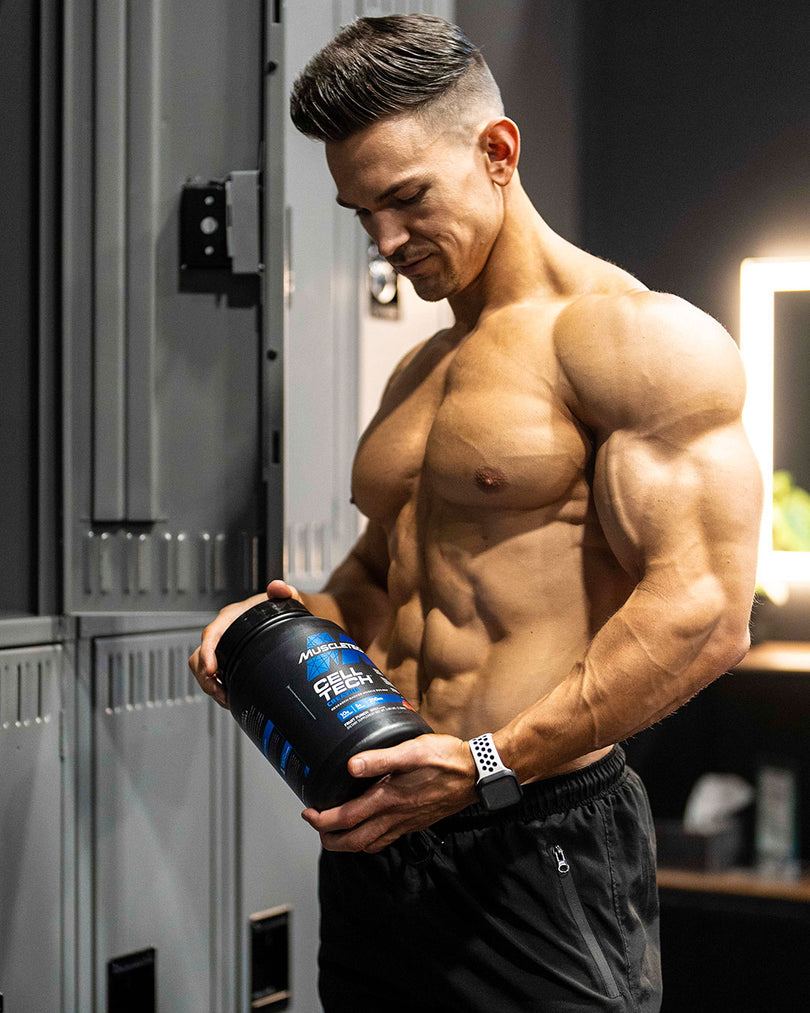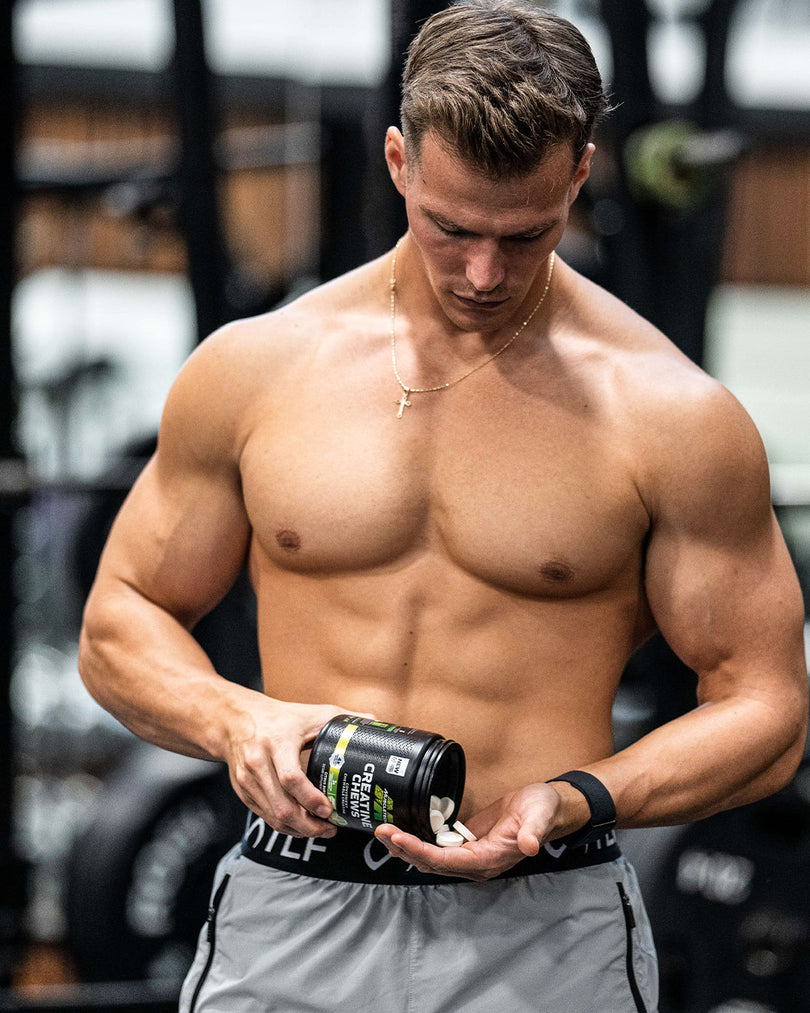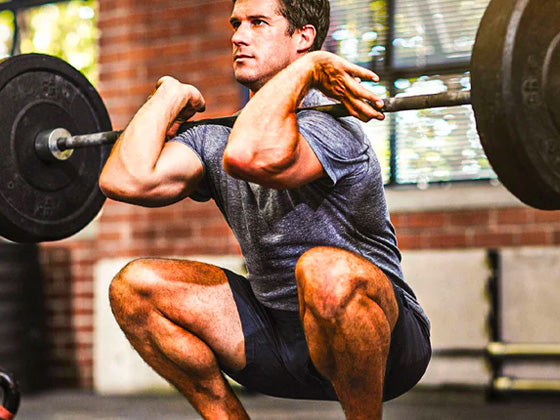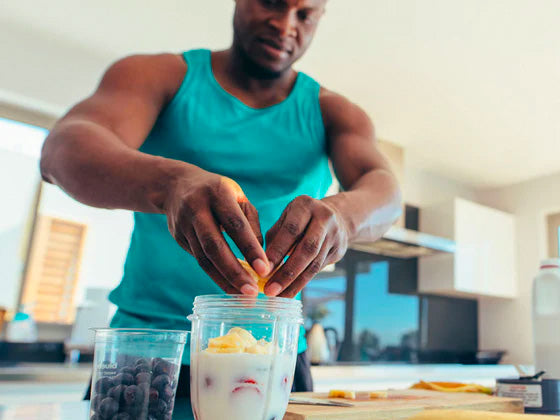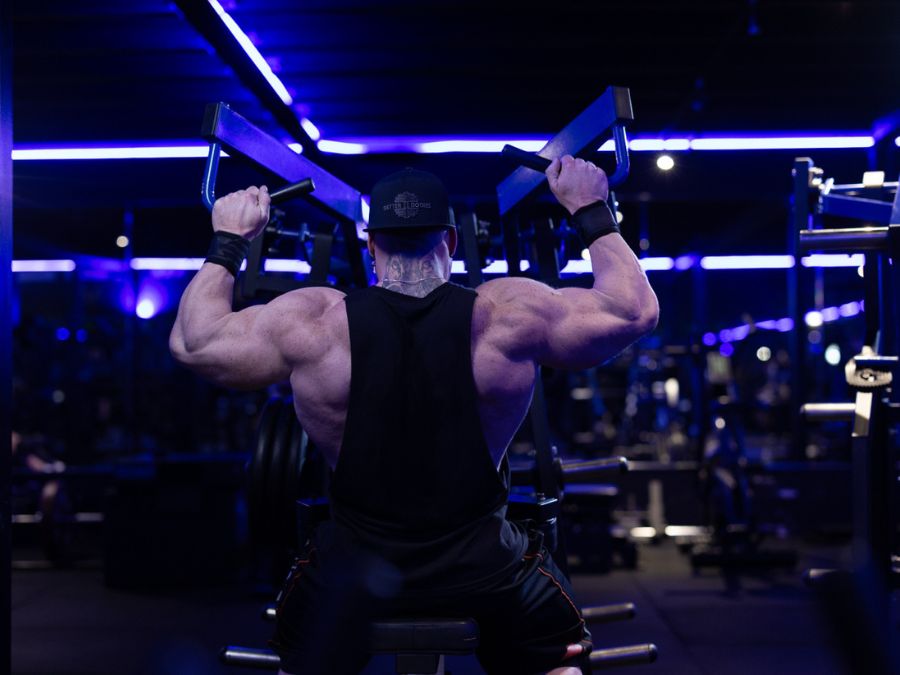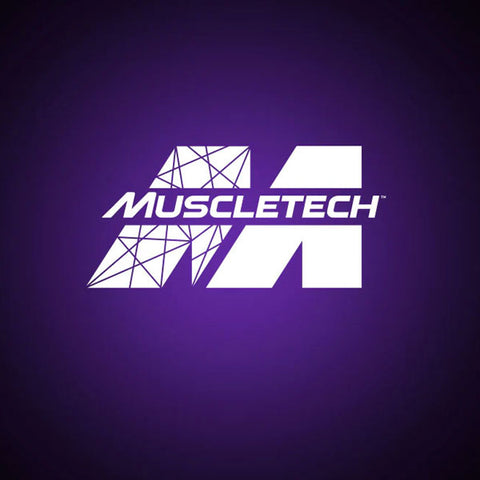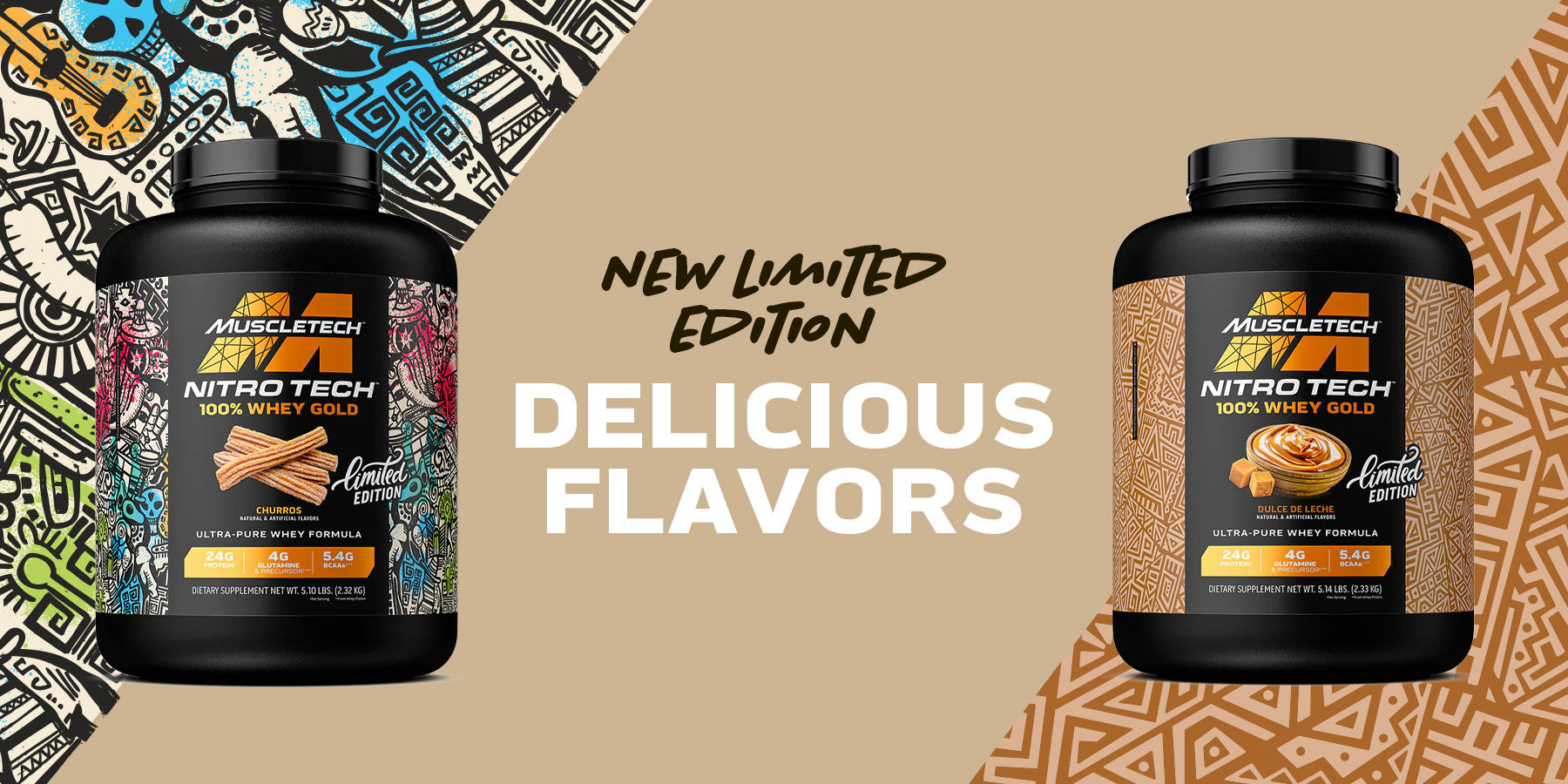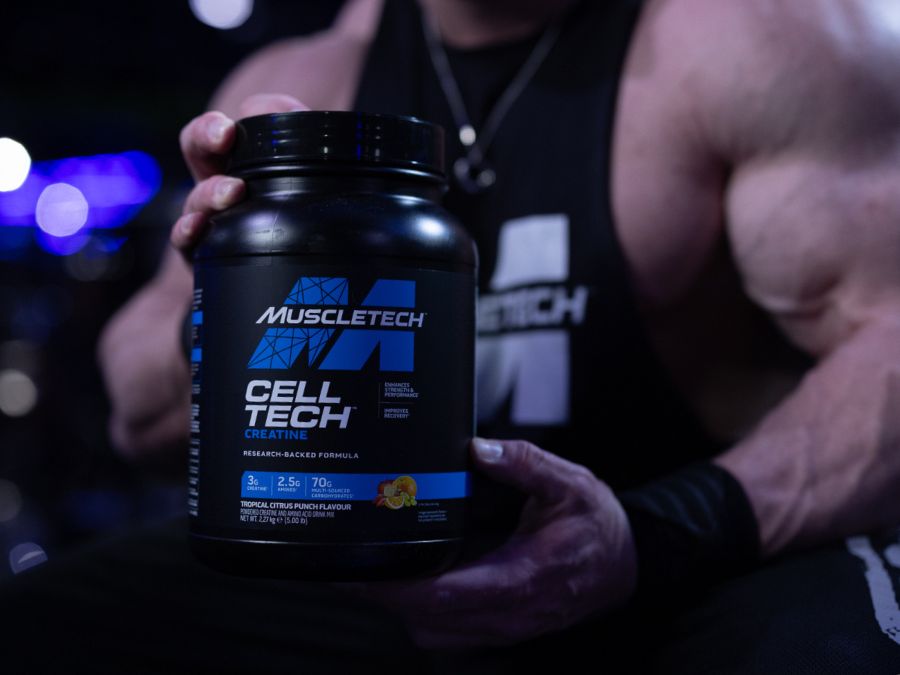Post-workout refers to the sequence of events after your training has been completed for the day. What you do after your session is just as important as what you do during it, as it provides your body with what it needs to recover and sets you up for the next training day.
Many fitness enthusiasts are fine getting in their training for the day, but where many falter is in the minutes and hours after training, which only delays the time it takes them to see progress.
Below, we will dive into the crucial aspects of a post-workout routine so that you can maximize your results and reach your fitness goals as soon as humanly possible.
Table of content
Post-Workout Nutrition
Post-Workout Nutrition Timing
When your training, cool-down, and mobilization are done, the refueling portion of your post-workout routine begins.
Following your workout, it is a great time to consume high-quality supplements, food, and hydration to help replenish your muscles and supply the nutrients needed to recover and adapt.
The proverbial “anabolic window” is not as short as it once was but post workout your muscles are sensitized to absorb as much amino acids as possible over a ~24-48 hour recovery period. Thus, having .4-.5 g/kg/LBM is beneficial as soon as you can to kick start your recovery. (2)
Macronutrient Intake
Protein
As far as post-workout nutrition goes, protein will be the main priority. Protein is the macronutrient responsible for muscle growth and repair after a tough training session.
In general, you should consume .4-.5 g/kg/LBM of high-quality whey protein after your training session. (2) During this time, your muscles are primed and ready to recover and adapt and need just the right amount of protein to kickstart the protein muscle synthesis process.
Protein synthesis is the process of building new muscle tissue to prepare for the next training session. Using the above calculation of .4-.5 g/kg/LBM will give you a rough estimate of how much protein you need to reach your leucine threshold and begin muscle protein synthesis. (2)
After a tough training session, you may not have an appetite for quality protein foods such as meat, fish, and poultry. Thus, opting for a protein supplement here can be a great option to get the nutrition you need more quickly.
Carbohydrates
Carbohydrate intake post-workout is similar to filling up your gas tank after a long drive. You can't expect to get far if you don't fill your tank up. As far as post-workout carbohydrates go, they fuel your body in training, especially during high-intensity workouts.
By consuming the right amount of fast-digesting carbohydrates, you can top off the glycogen stores in your muscle tissue and ensure energy is available for your next session.
For immediate post-workout, you should choose fast-digesting and sugary options that you may otherwise avoid outside your training sessions. These would include foods such as carbohydrate powders, juices, and sugary gummies.
These carbohydrates will increase insulin levels and bring glucose into your muscles to replenish glycogen. (3) The influx of a carbohydrate-rich snack will be able to do this because of how quickly it will break down and enter the bloodstream. (3)
Slower-digesting carbohydrates like starches and whole grains are great options for your first real meal after a workout. Because they digest and enter the bloodstream slower, they are not your best bet for immediate post-workout, especially if you train multiple times per day.
You can use a few methods to determine your carbohydrate intake post-workout. The first way is to calculate .6-1.0 g/kg/bw and have that many grams of carbohydrates. (3)
The second way is to take your daily carbohydrate intake, divide it by the daily meals you will consume that day, and treat your post-workout as a meal.
Lastly, you can simply use a 2:1 or 3:1 carbohydrate-to-protein ratio depending on how intense your session was, with more carbohydrates for more intense sessions and less for less intense sessions.
Fats
After your workout, a pragmatic view it to get the nutrients you need to your muscles as quickly as possible. This means you need the food in your post-workout shake or snack to digest quickly.
Fat in your post-workout shake or snack won't significantly hamper your recovery. (4) In fact, consumption of 3 whole eggs post-workout, which contain fats, stimulates short term muscle protein synthesis more than consumption of protein matched egg whites in young men (See: https://pubmed.ncbi.nlm.nih.gov/28978542/ ). What is important is to prioritize protein and carbohydrates in your post-workout shake to ensure you receive an adequate insulin response and enough essential amino acids to fuel recovery. (4)
Hydration
Water
Your rehydration plan should kick in as soon as you are done training. The primary focus of post-workout hydration is replacing the fluid lost through sweating. How much you sweat during your workout will depend on the intensity and duration of your session, your body size and gender, and the environment you train in.
A good practice is to weigh yourself before your training session and then aim to consume ~1.5L of fluid for every kilogram of weight you lose as sweat during training. (5) If you have found that you have lost more than 2-3 percent of your body weight from water, then it is likely that you are now dehydrated. (5)
Electrolytes
Replenishing crucial electrolytes lost in sweat is essential if you exercise for prolonged durations or in intense heat. (5) Electrolytes commonly depleted from sweat include Sodium, Chloride, Calcium, Magnesium, and Potassium. (5) These are important in optimizing your recovery for your next training session.
You can use a high-quality electrolyte supplement or choose from various sports drinks or items like coconut water to replenish your electrolytes in these training environments. These will typically have ample amounts of electrolytes that can help replenish what was lost in your workout.
The recommended intakes (RDI) for healthy adults for each electrolyte are listed below. (6)
Sodium: ~1500 mg per day
Potassium: 2,500-3,000 mg per day
Calcium: 1,000-1,200 mg per day, depending on age and gender
Magnesium: 310 - 420 mg per day, depending on age and gender
Achieving these RDIs should provide ample electrolytes to fuel recovery outside of long, hot, and intense workouts. If you require more, these can serve as a baseline. Consult a healthcare professional to outline a personalized strategy to avoid overconsumption.
Post-Workout Supplements
Whey Protein
Whey protein is the ideal choice for a protein supplement immediately post-workout. (4) Whey protein can provide all the protein required for muscle recovery as its amino acid profile is similar to that of muscle tissue. It's also rapidly digesting to provide the muscle with the protein it needs quickly.
Creatine
Adding a creatine supplement to your post-workout routine can be very beneficial to maximize muscle gain and strength. (4) Consistent creatine supplementation can ensure your phosphocreatine levels in the muscle are fully saturated to help you perform more work in the gym and recover better.
Electrolytes
As mentioned above, an excellent electrolyte supplement can help replenish electrolytes lost in sweat if you train in the heat or with intense and long-duration activities.
Essential Amino Acids
Essential amino acids are the nine amino acids the body does not synthesize and must, therefore, be consumed in one's diet. If you eat adequate amounts of quality protein, you should get all the amino acids you need.
But if you struggle to reach your protein goals as many do, adding an essential amino acid supplement to your post-workout stack can be beneficial.
Post-Workout Cool-Down and Mobility
Low-Intensity Aerobic Activity
Once your prescribed training is over, you should perform low-intensity aerobic activities, such as walking, cycling, or rowing, to cool down and bring your heart rate down to a resting level.
Doing so can help promote increased Vagal tone in the body and kickstart the recovery process. (1). This could be anything that allows the muscles to work at a lower intensity and gradually reduce the heart rate such as ten minutes of walking or easy cycling.
Mobility Work
Since the muscles and joints are still warm from training, mobility training after your cool-down is a great idea. This doesn't need to be anything intense, but 10-15 minutes of targeted mobilization of the joints and muscles you just used can go a long way in keeping you feeling great during your workouts.
Consistent mobility work can also help maintain an optimal range of motion for complex weightlifting and help increase the efficiency of moving so you are not losing precious energy due to poor movement.
I choose 4-6 mobility drills, performing roughly sixty seconds of mobilizing or stretching per limb. These can be related to the movements you just trained in your session or individualized to your problem areas, injury history, and training goals. If you are unsure, contact a Physical Therapist to assess your movement.
Sleep
In addition to cooling down and refueling, prioritizing great sleep is vital to an effective post-workout routine. Depending on when you train, it may be several hours before you turn in for bed. Still, it is essential since most of your recovery and adaptation occur while you sleep. Consuming casein protein before bed has been shown to stimulate overnight post-exercise muscle protein synthesis (See: https://pubmed.ncbi.nlm.nih.gov/22330017/ ) and can translate into greater gains in muscle size and strength (See: https://pubmed.ncbi.nlm.nih.gov/25926415/ ).
The amount of sleep you need will vary by age, but to optimize your recovery, shoot for a protein rich meal prior to seven or more hours of uninterrupted sleep in a cool, dark, and quiet room.
Wrapping Up
What you do in the minutes and hours after your training session can be as important as what you do during your training. A proper post-workout routine is vital to providing your body with what it needs to adapt to your gym work.
With this comprehensive article as a guide, you can optimize your post-workout routine and maximize your fitness gains.
Through adequate food and liquid intake to replenish what your body needs to adapt and best practices for recovery to keep your body feeling good, you now have everything you need to reach your fitness goals!
References:
- Takahashi, T., Okada, A., Hayano, J., & Tamura, T. (2002). Influence of cool-down exercise on autonomic control of heart rate during recovery from dynamic exercise. Frontiers of medical and biological engineering : the international journal of the Japan Society of Medical Electronics and Biological Engineering, 11(4), 249–259. https://doi.org/10.1163/156855701321138914
- Schoenfeld, B. J., & Aragon, A. A. (2018). Is There a Postworkout Anabolic Window of Opportunity for Nutrient Consumption? Clearing up Controversies. The Journal of orthopaedic and sports physical therapy, 48(12), 911–914. https://doi.org/10.2519/jospt.2018.0615
- Kerksick, C., Harvey, T., Stout, J., Campbell, B., Wilborn, C., Kreider, R., Kalman, D., Ziegenfuss, T., Lopez, H., Landis, J., Ivy, J. L., & Antonio, J. (2008). International Society of Sports Nutrition position stand: nutrient timing. Journal of the International Society of Sports Nutrition, 5, 17. https://doi.org/10.1186/1550-2783-5-17
- Kerksick, C. M., Arent, S., Schoenfeld, B. J., Stout, J. R., Campbell, B., Wilborn, C. D., Taylor, L., Kalman, D., Smith-Ryan, A. E., Kreider, R. B., Willoughby, D., Arciero, P. J., VanDusseldorp, T. A., Ormsbee, M. J., Wildman, R., Greenwood, M., Ziegenfuss, T. N., Aragon, A. A., & Antonio, J. (2017). International society of sports nutrition position stand: nutrient timing. Journal of the International Society of Sports Nutrition, 14, 33. https://doi.org/10.1186/s12970-017-0189-4
- American College of Sports Medicine, Sawka, M. N., Burke, L. M., Eichner, E. R., Maughan, R. J., Montain, S. J., & Stachenfeld, N. S. (2007). American College of Sports Medicine position stand. Exercise and fluid replacement. Medicine and science in sports and exercise, 39(2), 377–390. https://doi.org/10.1249/mss.0b013e31802ca597
- National Center for Biotechnology Information. (n.d.). Table J-3, Fluid replacement guidelines for exercise in hot and cold environments. In Institute of Medicine (US) Committee on Military Nutrition Research; Marriott BM, Carlson SJ, editors. Nutritional Needs in Cold and in High-Altitude Environments. National Academies Press (US). Retrieved February 12, 2024, from https://www.ncbi.nlm.nih.gov/books/NBK545442/table/appJ_tab3/?report=objectonly

